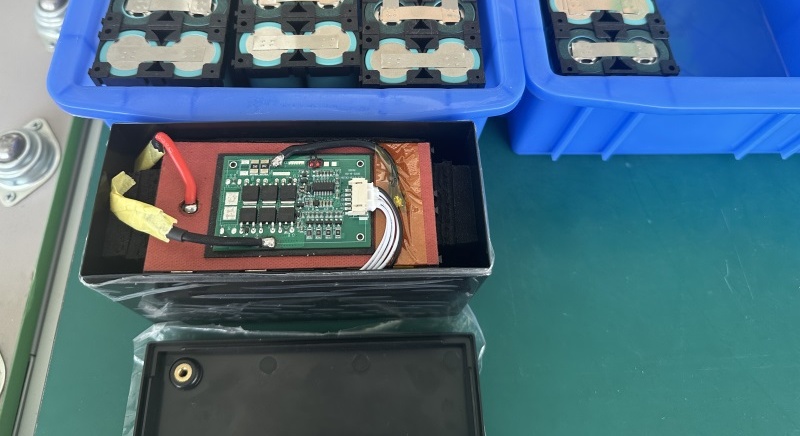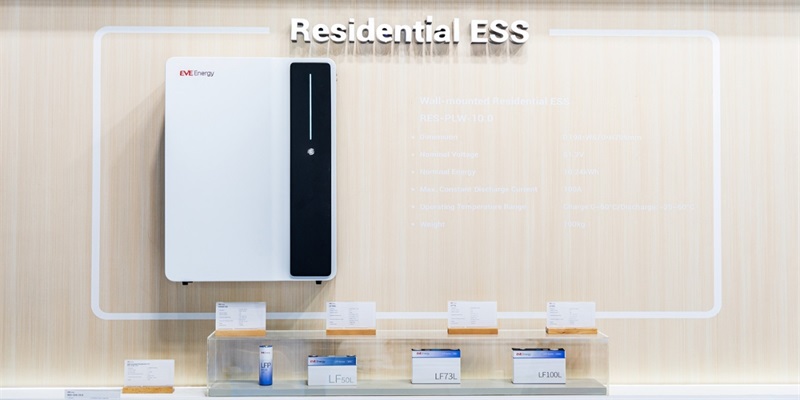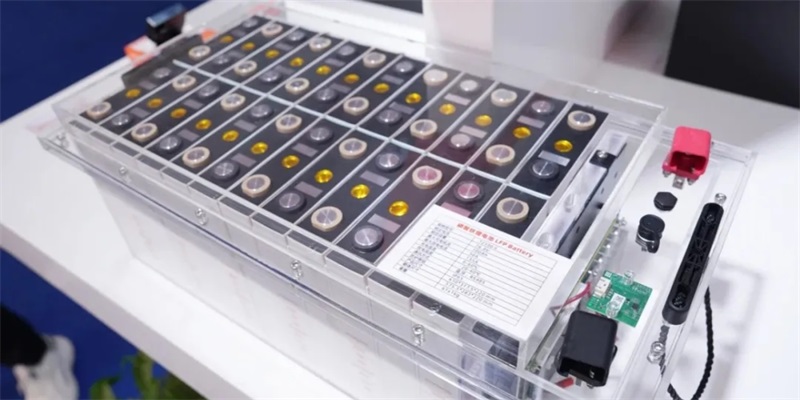LiFePO4 Battery Management System (BMS): Your Essential Guide to Safety, Function and Longevity

1. What is a BMS? The Brain Behind LiFePO4 Battery Safety
A Battery Management System (BMS), often called the "battery housekeeper," is the intelligent guardian of lithium iron phosphate (LiFePO4) batteries. Its core functions include:
Real-time monitoring of voltage, current, and temperature
Protection against risks like overcharge, over-discharge, and short circuits
Performance optimization to extend battery lifespan
Without a BMS, LiFePO4 batteries would lack critical safeguards, making this system indispensable for any battery pack.
2. How Does a BMS Work? Key Components & Functions
A high-quality BMS integrates multiple advanced modules to ensure seamless operation:
Module Function
Control Module Executes safety protocols (e.g., cutting off power during overvoltage)
Sensor Array Tracks cell voltage, temperature, and current in real time
Balancing System Equalizes the charge across cells to prevent degradation
Communication provides data to users via displays or Bluetooth apps (SOC/SOH readings)
These components work together to:
· Prevent thermal runaway
· Calculate State of Charge (SOC)
· Enable predictive maintenance
3. Is a BMS Safe? Debunking Common Myths
Myth: "BMS units overheat or fail frequently."
Reality:
Properly designed BMS units include cooling fans and heat-resistant materials.
Unlike batteries, BMS components undergo no chemical reactions, reducing failure risks.
Exception: Low-quality BMS products may lack robust protections. Always choose certified systems (e.g., with UL/IEC 62619 compliance).
4. Can a BMS Fail? Causes & Prevention
While reliable, BMS units may fail due to:
Poor Manufacturing: Cheap materials or flawed circuitry (e.g., unbalanced cell monitoring).
User Errors: Incorrect wiring, water exposure, or physical damage.
Pro Tip: Opt for IP67-rated BMS units for waterproofing and shock resistance.
5. Conclusion: Maximizing LiFePO4 Battery Life with a BMS
A high-end BMS isn’t just a safety tool—it’s a long-term investment. By:
· Preventing premature battery failure
· Enabling accurate performance data
· Supporting fast charging without risks
Final Advice: Pair your LiFePO4 batteries with a branded BMS (e.g., Daly, REC) and follow installation guidelines strictly.
Recommended BMS Solution: 24V 8S BMS (80A-250A) for LiFePO4 Batteries

For users seeking a high-performance, reliable BMS for 24V LiFePO4 battery systems, we recommend exploring the 24V 8S BMS (80A-250A) from EnergyX.
Key Features & Benefits:
· Wide Current Range – Supports 80A to 250A continuous discharge, ideal for solar storage, EVs, and industrial applications.
· Active Balancing – Extends battery lifespan by ensuring uniform cell voltage.
· Advanced Protections – Guards against overcharge, over-discharge, short circuit, and overheating.
· Smart Monitoring – Bluetooth/Wi-Fi compatibility (optional) for real-time SOC & SOH tracking.
· Robust Build – IP65 waterproof rating, suitable for harsh environments.
Why Choose This BMS?
Certified Safety: Complies with UL/IEC standards.
Plug-and-Play: Easy installation with clear wiring diagrams.
Scalable: Works with 8-cell (24V) LiFePO4 or lithium-ion packs.
👉 Learn More & Purchase: Visit EnergyX’s BMS Product Page

